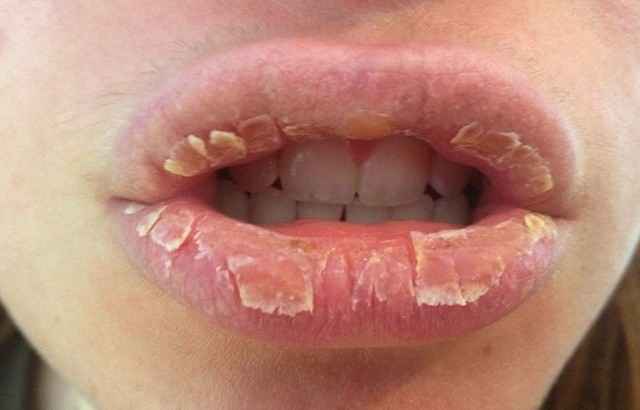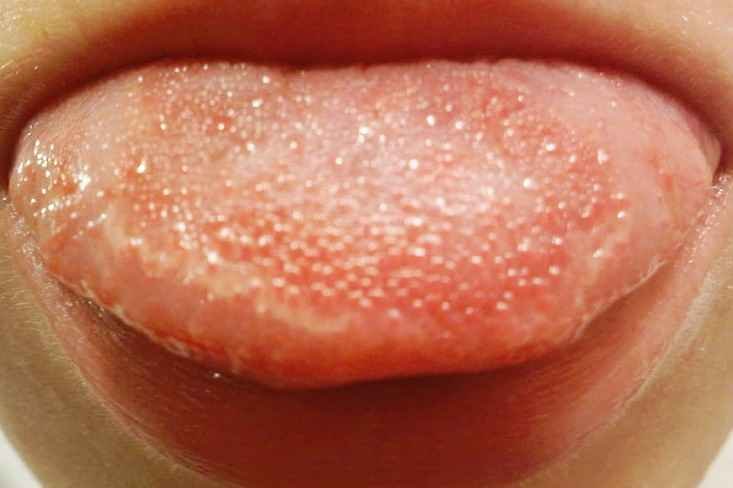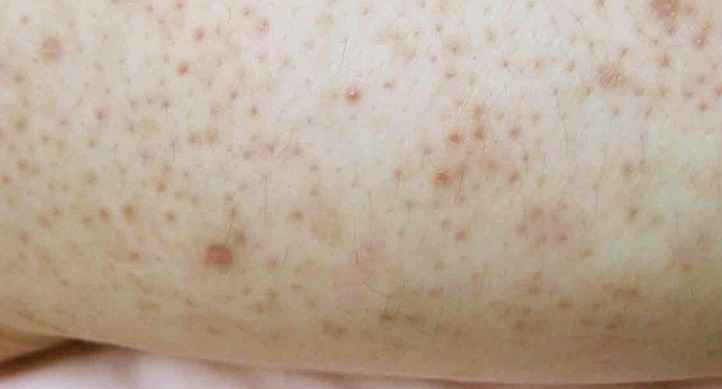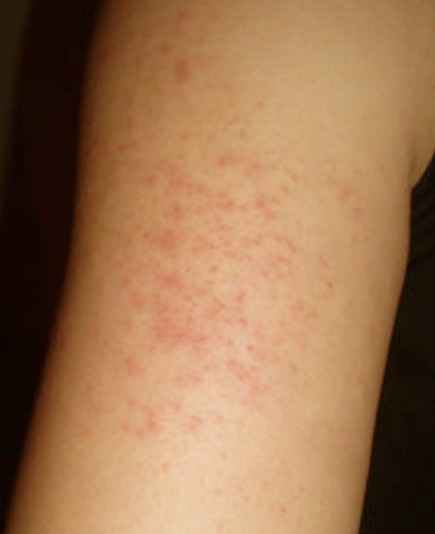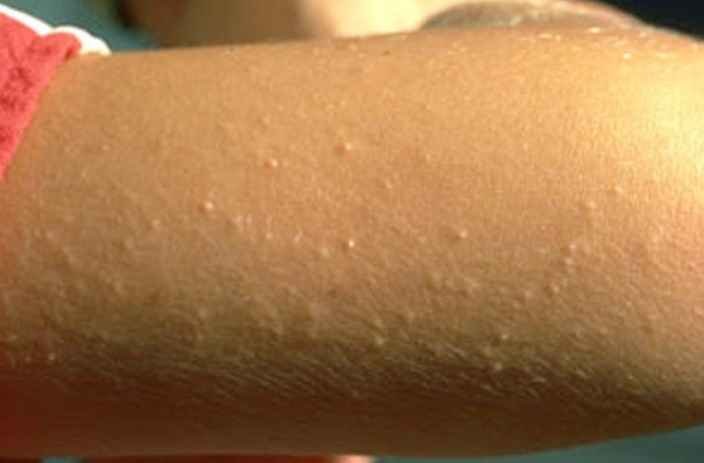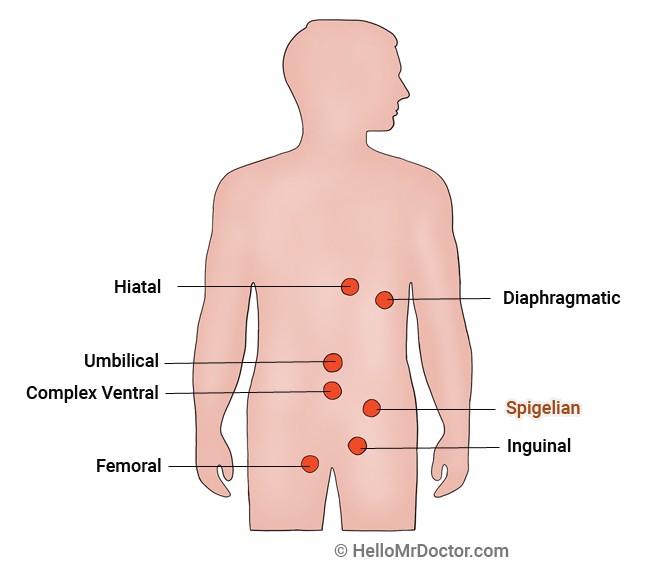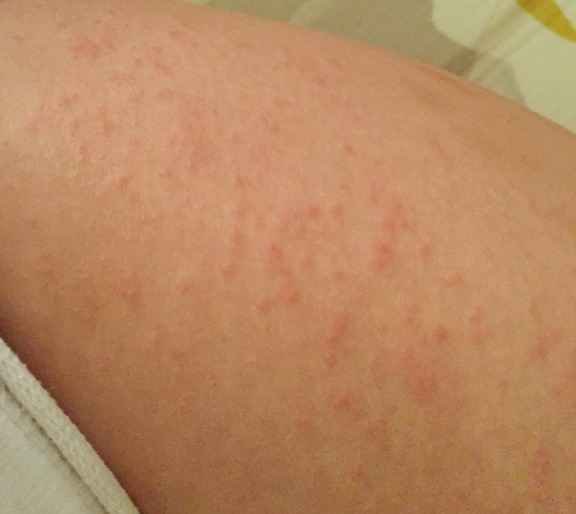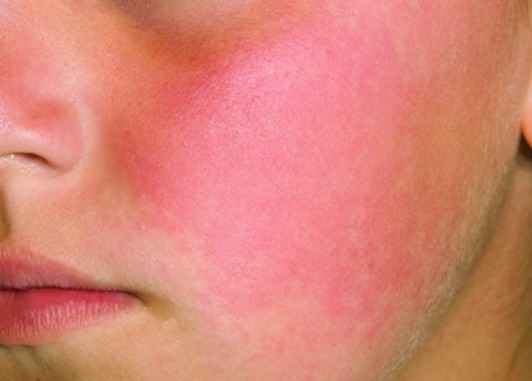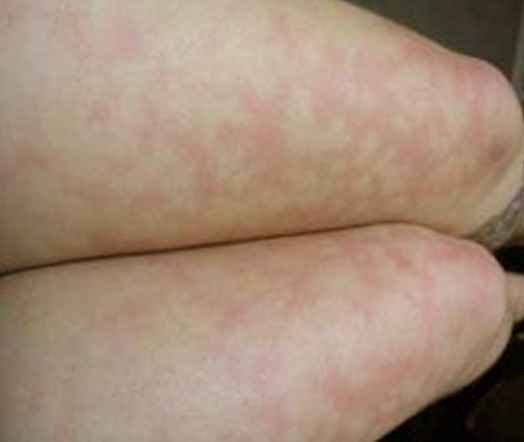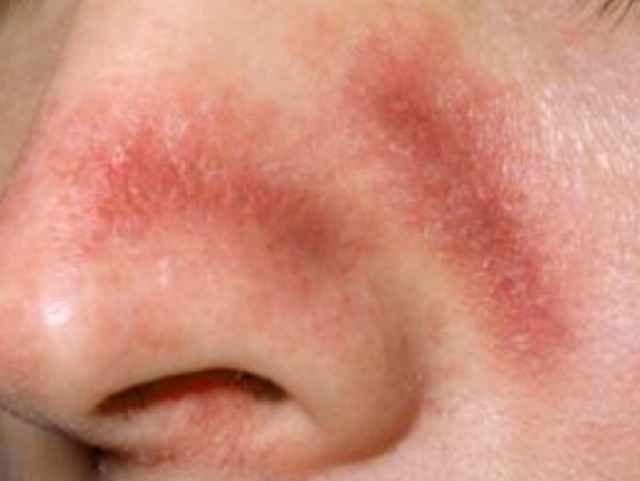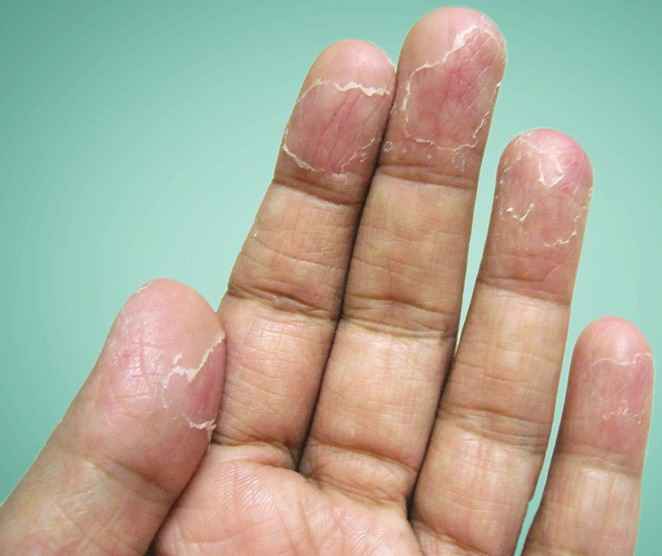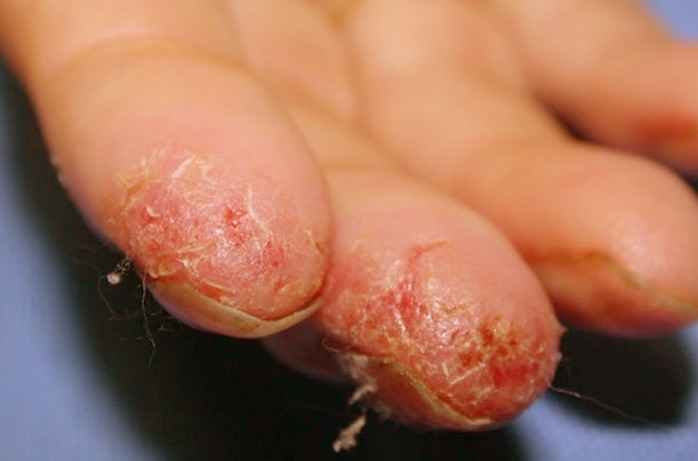Swollen Cheek
Swollen cheeks happen for various reasons. But whatever be the cause, it is not aesthetic to walk about with cheeks that are swollen and look like the gular fold of an agama lizard. Inasmuch as a swollen cheek can alter your beauty, do not fret, because each of the causes has its treatment.
In this post, we shall talk about what is swollen cheek, where they occur, symptoms, causes, treatment, how to reduce swelling quickly, how to treat them naturally, and how long they last. Be sure you pay attention to details and ask questions at the end of the post, using the comment box. One of our staff will get in touch with you within 48 hours to address your concerns.
What is Swollen cheek?
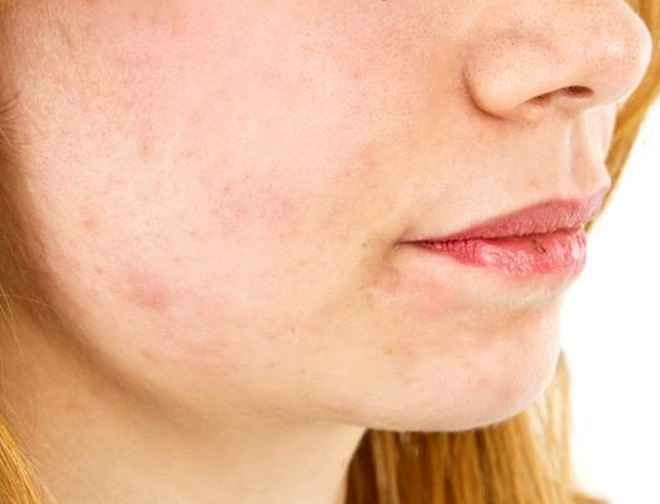
Picture of Swollen Cheek
A swollen cheek occurs when the cheeks become larger than normal or there is a lump in the cheek. Apart from that, swelling could result from fluid accumulation in the tissues of the cheeks. Mild swelling of the cheek could be as a result of recent surgery or recent injury and should not give you much concern as they usually go away within a short time even without any special intervention.
When the swelling is mildly bothersome or is not accompanied by much pain, you could take over-the-counter medications or apply cold compresses to address the inflammation and pain. But for conditions that look like acne, cyst or infection, consult a doctor for proper investigation and treatment.
For serious cases that come with sudden swelling of the face, tongue or lips or where there is difficulty breathing, you should see the doctor immediately as the problem may be a result of severe allergic reaction. Some cases of swollen cheeks are due to viral infection of the salivary glands in the neck, a medical condition known as mumps.
Where does Cheek Swelling occur?
Cheek swelling takes place in the cheek. There is usually a distention or enlargement of the cheek or a lump due to fluid accumulation in the tissues of the cheek. Swelling can occur on just one side (swollen right or left side), upper or lower part, or inside the mouth, depending on the root cause. It can also occur on both sides. It can be mild or severe swelling with or without pain.
Occasionally, there could be swollen cheek under eye, swollen neck, jaws, gums, glands, lips, lips, or near the ear. In some cases, the swelling is accompanied with other symptoms like redness, jaw pain, sore throat, rash, fever, gum infection, tooth pain, and a feeling of being sick. Both children (babies, infants and toddlers) and adults can be affected.
Symptoms
Cheek swelling could come with various symptoms, noticeably:
- Red or warm skin
- Bleeding or bruising
- Lumps on the face
- Itchy eyes
- Hives
- Tooth pain
- Red or pink bumps on the face
- Itchy, dry or oily skin
- Ear pain
- Rash
- Jaw pain
- Sneezing
- Fever
- Eye pain
- Shortness of breath, wheezing or labored breathing
Causes
Swollen cheek results from different causes among which are:
- Trauma: Injury to the cheek can cause bleeding and swelling. Penetrating trauma or blunt force trauma can result in swelling of the cheek. When cosmetic procedures are performed on the cheeks, they can also lead to trauma and consequently swelling.
- Edema: It is a medical condition in which there is swelling of the cheeks following the accumulation of excess fluids in the tissues. Sometimes, they are caused by failure of some body organs.
- Infections: Bacterial and viral infections can also bring about the swelling of the cheek or the entire face. It could also come from canker sore. One of the commonest infections that cause cheek swelling is mumps, a viral infection that affects the salivary glands. Cellulitis from bacterial infection can also contribute to swollen cheek.
- Pimple: cheek swelling can also be due to pimple on the cheek, especially if they are pressed or cut and get infected or inflamed.
- Cheek cancer: Malignant tumors of the cheek can equally cause mild to massive cheek swelling.
- Allergic reaction: When there is allergic reaction to certain medications, food, makeup, and other substances, the cheeks could be swollen. Swollen cheek can also result from mosquito bite.
- Lymphadenopathy: An enlargement of the lymph nodes can invariably bring about the swelling of the cheeks. This also causes ear pain.
- Tooth extraction: Swelling could accompany tooth extraction. This hurts to open the mouth especially a few hours after the extraction. In some cases, you could have swollen cheek after dental cleaning.
- Sebaceous cyst: This results from the damage or blockage of the sebaceous gland or ducts (where sebum is secreted) due to injury or surgery. It can also be due to deformed duct or certain genetic conditions.
- Rosacea: This is a chronic redness of the skin and also makes the cheeks swell sometimes.
- Tooth abscess: With tooth abscess, there is massive swelling of the cheek and this also hurts to open the mouth. Boils commonly lead to a swollen cheek too.
- Keloid: This is the formation of excessive scar tissue in areas where the skin is injured. Excessive growth of keloid tissue can lead to swollen cheek.
- Malnutrition: This is one of the causes of swollen cheek in children. It is quite common in children suffering from kwashiorkor.
Treatment
The treatment of swollen cheek depends on the cause of the problem. Here are some ways to treat the problem:
- Antibiotics: These are employed in the treatment of cellulitis, boils, tooth abscess or other forms of bacterial infections. Amoxicillin, cephalexin, and dicloxacillin are quite helpful in managing the problems. Clindamycin is a good alternative for patients who are allergic to penicillin.
- Antiallergenic: Where the problem has resulted from allergic reactions, it is wise to use antiallergenic drugs to manage it. Parenteral or topical antihistamines can be used. If the allergy resulted from mosquito bite, topical application may suffice. Hydrocortisone injection works fast for allergic reaction. Epinephrine is also very effective especially for insect bites with serious reactions.
- Anti-inflammatory: This may be needed to control swelling due to trauma, surgery or burns. Ibuprofen or acetaminophen should be enough.
Pictures of Swollen Cheek
How does swollen cheek looks like? Take a look at these below pictures of swollen cheek in children and adults…

Picture of swollen cheek in children

Picture of Swollen Cheek in adults
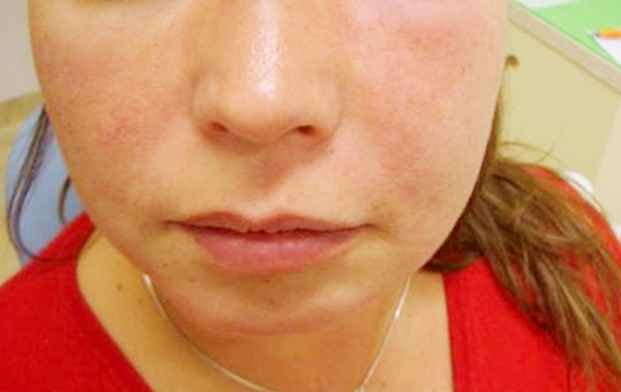
Cheek Swelling in adults
How to Reduce Swelling Quickly
As we have earlier noted, cheek swelling comes from different causes. Therefore, to properly reduce swelling, the cause must be duly considered. The following can be helpful:
- Ice pack: This is really efficacious in managing fresh traumas. With the application of ice, the surrounding blood vessels are constricted to minimize hematoma.
- Over-the-counter drugs: A few OTC medications like ibuprofen, diclofenac, and naproxen help in reducing inflammation and consequently lessen swelling.
How to Treat Swollen Cheek Naturally
Swollen cheek can be treated naturally to reduce the pain and swelling. Some of the steps you could take at home include:
- Cold compresses: Applying cold compresses is fast in relieving swelling.
- Hot compresses: This improves blood circulation and reduces swelling. Apply the warm compress over the cheek 2 to 3 times daily.
- Water intake: The body compensates for fluid shortage by retaining fluids. But when you increase fluid intake throughout the day, you can prevent this.
- Mustard oil: Applying mustard oil over the affected site can help in lessening the swelling.
- Cucumber and lemon juice: Dip a few slices of cucumber in lemon juice for a few hours before applying to your face for at least 15 to 20 minutes.
- Potatoes: chop a medium size potato into thin slices and place the slices over the swollen cheek. Allow it to stay for 15 to 20 minutes. Repeat it up to 2 or 3 times daily.
- Dandelion: The roots of dandelion have anti-inflammatory properties and so, can be helpful in controlling swelling, though scientific support for the claim is still limited. 1 or 2 teaspoons of 1:5 root tinctures should be taken.
- Reduce salt intake: Since sodium is known to retain fluid in the body, cutting down on salt intake will help in reducing facial swelling or cheek swelling as the case may be.
How long does a Swollen Cheek last?
How long a swollen cheek lasts depends on the cause of the swelling. Swelling resulting from wisdom teeth removal will start to subside in about 3 -4 days after the extraction. The body begins to heal itself, fight off infection and control pain within this period. Complete healing will usually vary from person to person depending on medical history and age. Total healing will occur in about one week if there are no complications or infections.
After a jaw surgery, swelling gradually starts in about two days and climax in about a week. So, the swelling should last from four days to one week.
If there is a swollen cheek after eating, it is usually due to allergic reaction to the food you have just eaten. The use of anti allergic tablets or injection will control swelling within a matter of minutes. While injections, nasal spray and inhalers start reducing swelling in less than 10 minutes, the effects of tablets can be noticed in about 30 minutes or more.
Conclusion
A swollen cheek is caused by several factors and can either be mild or severe. It takes a few days to resolve and you can resume your normal daily activities. However, swelling caused by cancer will not resolve by itself unless the root cause is treated.
No matter what makes your cheek to swell, the condition can be treated medically and there are home remedies to apply in order to quickly put the situation under control. But if your swelling refuses to go after applying the tips in this post, it is better to see a doctor for further investigation and treatment.
